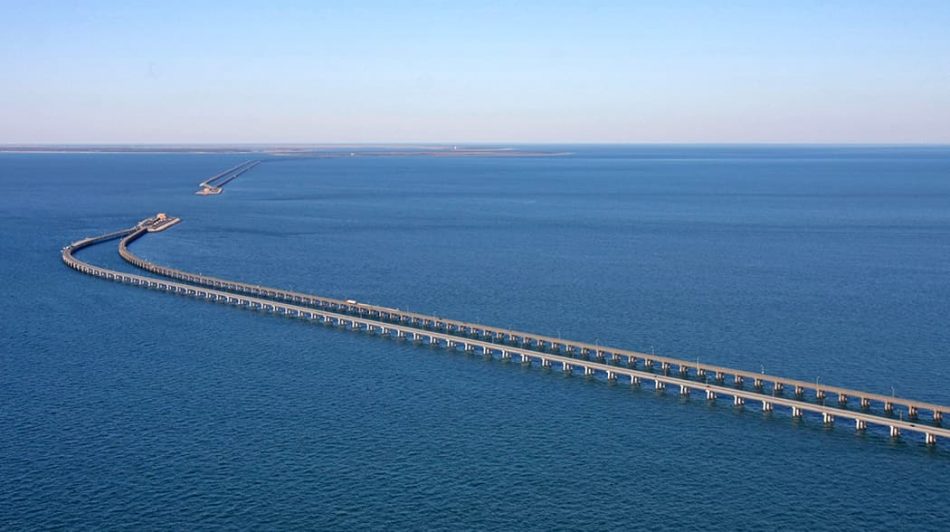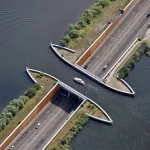Delve into the depths of engineering wonders with a comprehensive exploration of underwater tunnels in the United States. From the bustling metropolis of New York City to the serene shores of the Pacific Northwest, these subaquatic passageways serve as vital lifelines, connecting urban hubs, facilitating commerce, and enhancing transportation infrastructure. Beneath the turbulent currents and bustling city streets lies a world of hidden marvels—underwater tunnels that silently traverse the depths, connecting distant shores and urban centers. These engineering masterpieces stand as testaments to human ingenuity, overcoming the formidable challenges of construction beneath the waves. Step into the depths with us, and discover the mesmerizing world of underwater tunnels in the United States.
Holland Tunnel
- Location: Manhattan, New York City to Jersey City, New Jersey
- Construction: 1922 – 1927
- Length: 4,200 feet (1,300 m)
- Cost: $48.5 million (in 1927 dollars)
- Toll: $16.00
- Approximate Daily Traffic: Over 100,000 vehicles
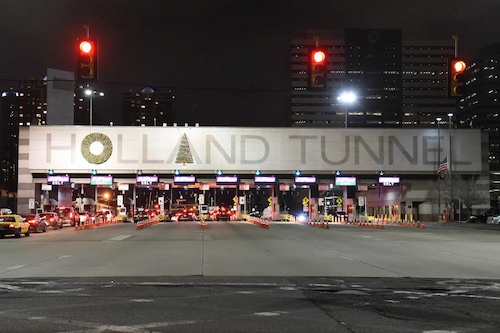
Completed in 1927, the Holland Tunnel connects Manhattan, New York City, with Jersey City, New Jersey, beneath the Hudson River. It was one of the first major underwater vehicular tunnels in the world. It was the longest continuous underwater vehicular tunnel in the world when first built and the first underwater tunnel designed for automobiles.
Lincoln Tunnel
- Location: Weehawken, New Jersey, to Manhattan, New York City
- Construction: 1934 – 1937
- Length: 8,216 ft (2,504 m)
- Cost: $85 million (in 1937 dollars)
- Toll: $16.00
- Approximate Daily Traffic: Over 120,000 vehicles
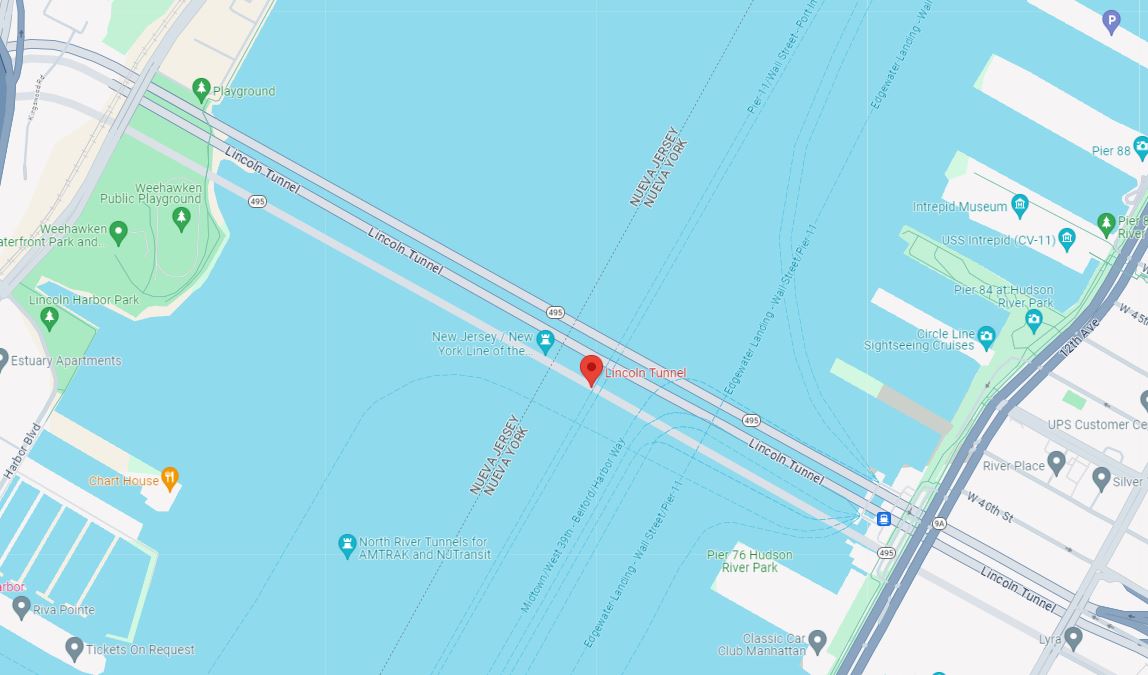
Also crossing the Hudson River, the Lincoln Tunnel connects Midtown Manhattan in New York City with Weehawken, New Jersey and it was opened to traffic in 1937. Is an underwater vehicular tunnel named after President Abraham Lincoln and consists of three separate tubes: the north tube, the center tube, and the south tube. Each tube carries traffic in one direction, with the center tube reversing direction based on traffic flow to accommodate peak travel times.
Brooklyn-Battery Tunnel
- Location: Brooklyn and Manhattan, New York
- Construction: 1940 – 1950
- Length: 9,117 feet (2,779 m)
- Cost: $92 million (in 1950 dollars)
- Toll: $10.17
- Approximate Daily Traffic: Over 50,000 vehicles
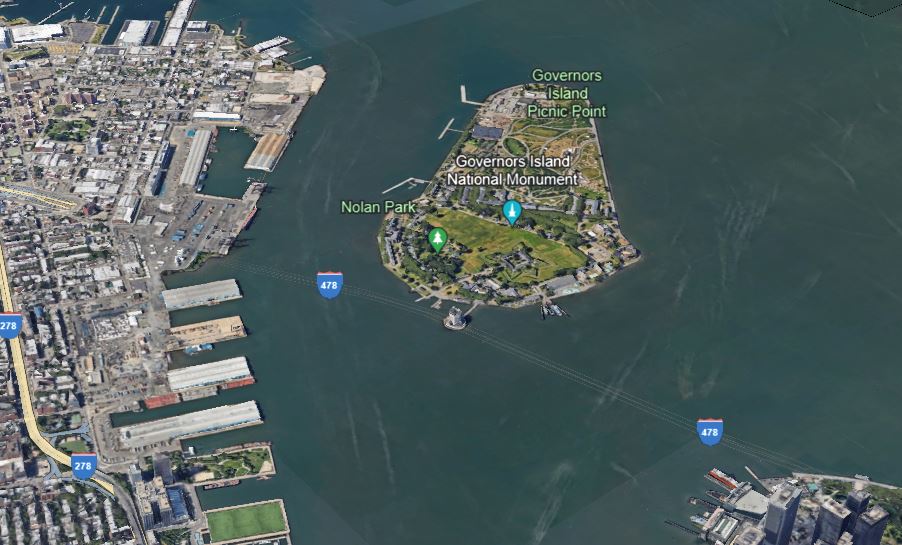
Officially known as the Hugh L. Carey Tunnel, this underwater tunnel connects Red Hook in Brooklyn with the Battery Park area of Manhattan. It opened in 1950 and consists of two tubes. The tunnel consists of two tubes, one for traffic in each direction, and it spans beneath the mouth of the East River. The Brooklyn-Battery Tunnel serves as a vital link for commuters traveling between Brooklyn and Manhattan, helping to alleviate congestion on surface streets and bridges.
Chesapeake Bay Bridge-Tunnel
- Location: Virginia Beach to the Delmarva Peninsula
- Construction: 1964 (northbound), 1999 (southbound)
- Length: 17.6 miles (28.3 km)
- Cost: Northbound, $200 million, Southbound: $250 million
- Toll: $15.00
- Approximate Daily Traffic: Over 5,000 vehicles

This complex includes both bridge and tunnel sections, connecting Virginia Beach to the Delmarva Peninsula. It spans the mouth of the Chesapeake Bay, and its underwater segments allow ships to pass above. The Chesapeake Bay Bridge-Tunnel (CBBT) is a true engineering marvel and one of the most iconic landmarks in Virginia. This 17.6-mile (28.3 km) bridge-tunnel was opened in 1964, replacing a ferry service that had operated since the 1930s.
Ted Williams Tunnel
- Location: Boston, Massachusetts
- Construction: 1991–1995
- Length: 1.6 mi (2.6 km)
- Cost: $14.6 billion
- Toll: $3.50
- Approximate Daily Traffic: Over 100,000 vehicles
Part of the Big Dig project in Boston, the Ted Williams Tunnel carries the Massachusetts Turnpike (Interstate 90) traffic under Boston Harbor, connecting the city with Logan International Airport and the region to the north and west.
Alaskan Way Viaduct Replacement Tunnel
- Location: Runs beneath downtown Seattle, Washington
- Construction: 2013 – 2019
- Length: 2 miles (3.2 kilometers)
- Cost: $3.3 billion
- Toll: Toll-free
- Approximate Daily Traffic: Over 90,000 vehicles
Also known as the SR 99 Tunnel, this tunnel replaced the aging Alaskan Way Viaduct in downtown Seattle. It runs beneath the city, carrying State Route 99 traffic. It was constructed as part of the larger Alaskan Way Viaduct replacement project in Seattle. It serves as a critical transportation corridor, providing a route for vehicles traveling through downtown Seattle and replacing the aging Alaskan Way Viaduct.
Automobile Lane of the Detroit-Windsor Tunnel
- Location: Connects Detroit, Michigan to Windsor, Ontario, Canada
- Construction: 1928 – 1930
- Length: 1.6 miles (2.6 kilometers)
- Cost: $23 million (in 1930 dollars)
- Toll: $5.50
- Approximate Daily Traffic: Over 12,000 vehicles
While not completely underwater, this tunnel’s underwater portion passes beneath the Detroit River, connecting Detroit, Michigan, with Windsor, Ontario, Canada. It opened in 1930. Also known as the Detroit-Windsor Tunnel, it serves as an essential link between the United States and Canada, facilitating cross-border travel and commerce between the cities of Detroit and Windsor.
Port of Miami Tunnel
- Location: Port Miami to downtown Miami, Florida
- Construction: 2010 – 2014
- Lenght: 4,200 feet (about 1,280 meters)
- Cost: $668 million
- Toll: Toll-free
- Approximate Daily Traffic: Over 16,000 vehicles
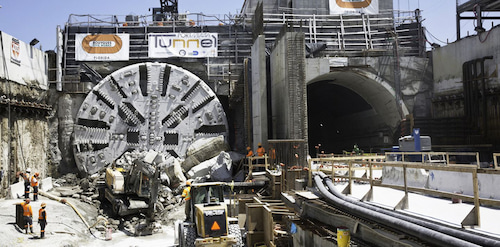
The Port Miami Tunnel is an underwater vehicular tunnel in Miami, Florida, providing direct access between the Port Miami complex on Dodge Island and the MacArthur Causeway, which connects to downtown Miami. It was constructed to improve access to and from the port, reducing traffic congestion in downtown Miami by diverting cargo trucks away from city streets. The tunnel consists of two parallel tubes, each with two lanes, one for inbound and one for outbound traffic. Port Miami Tunnel is a significant piece of infrastructure for the region, facilitating the movement of goods and vehicles to and from one of the busiest ports in the United States.
These tunnels represent significant feats of engineering and are vital components of transportation infrastructure, easing congestion and improving connectivity between cities and regions.


